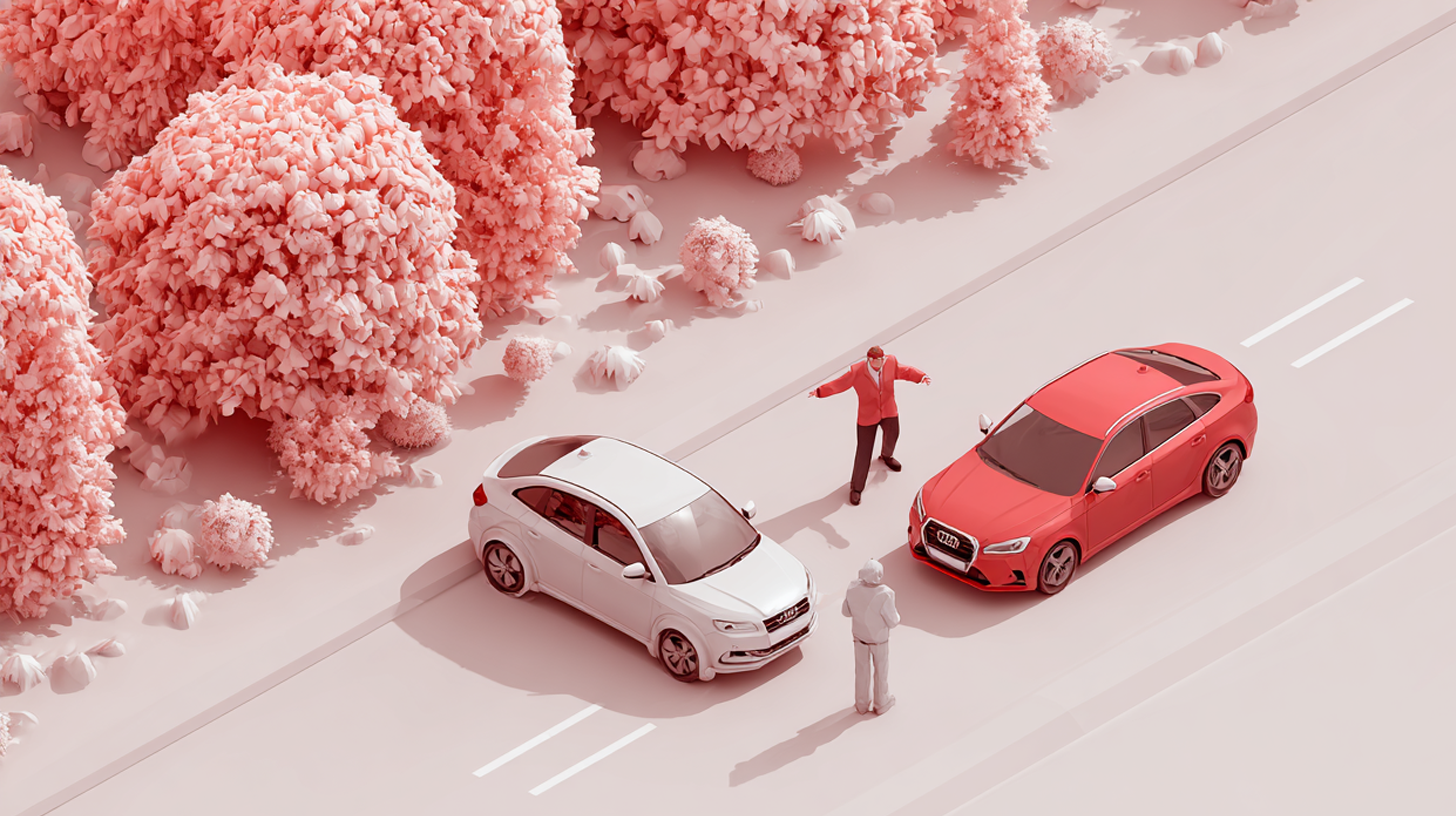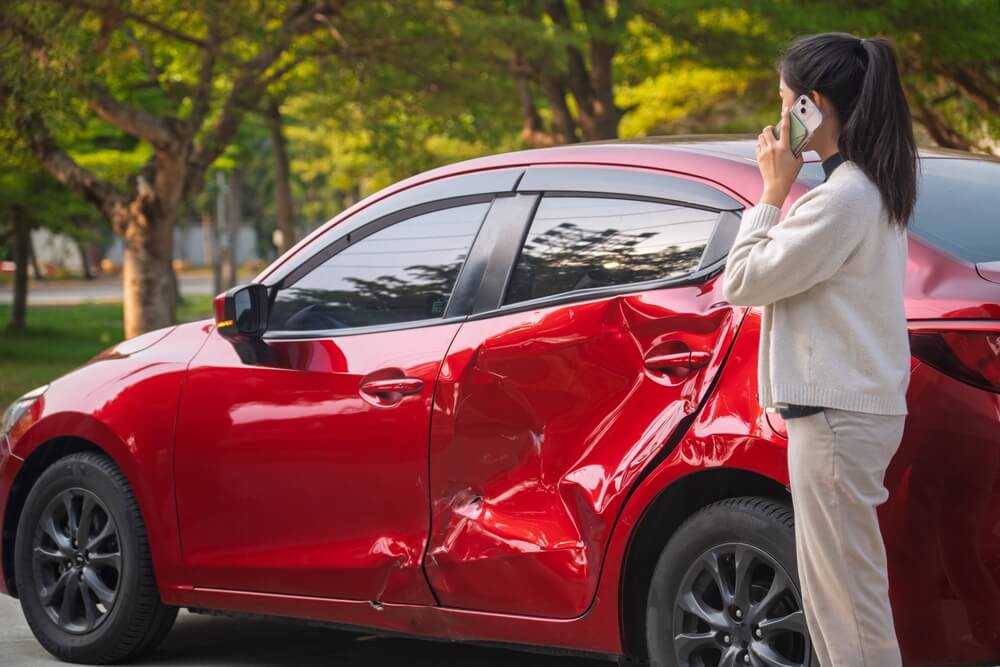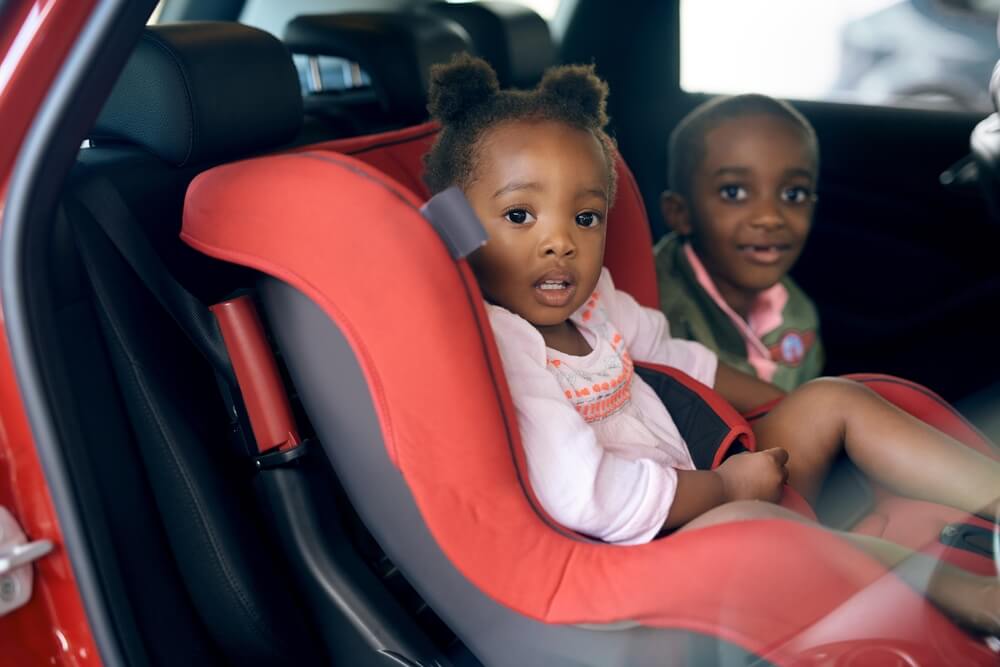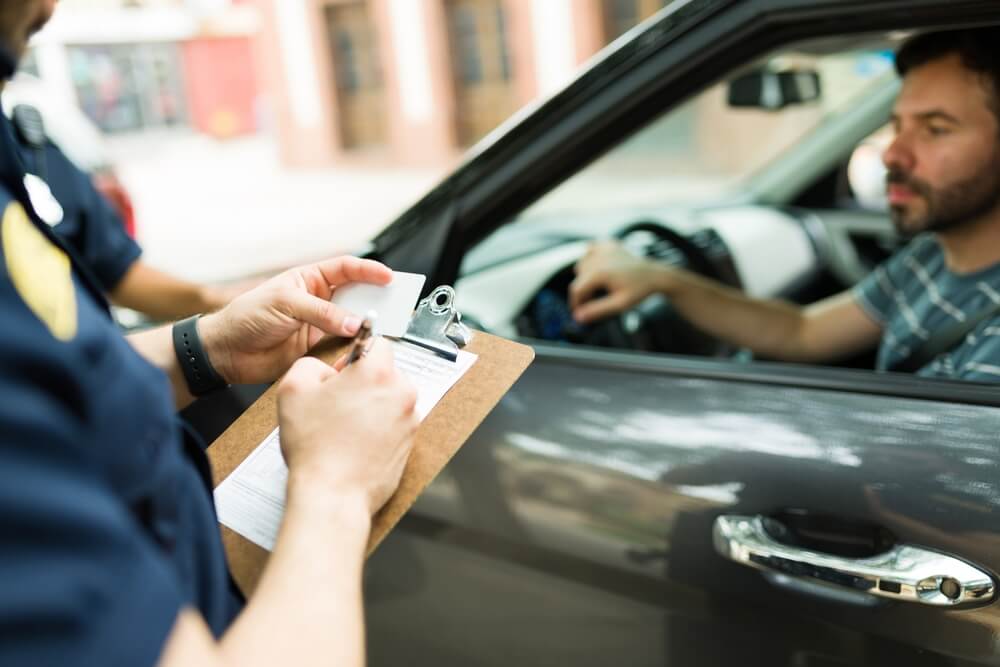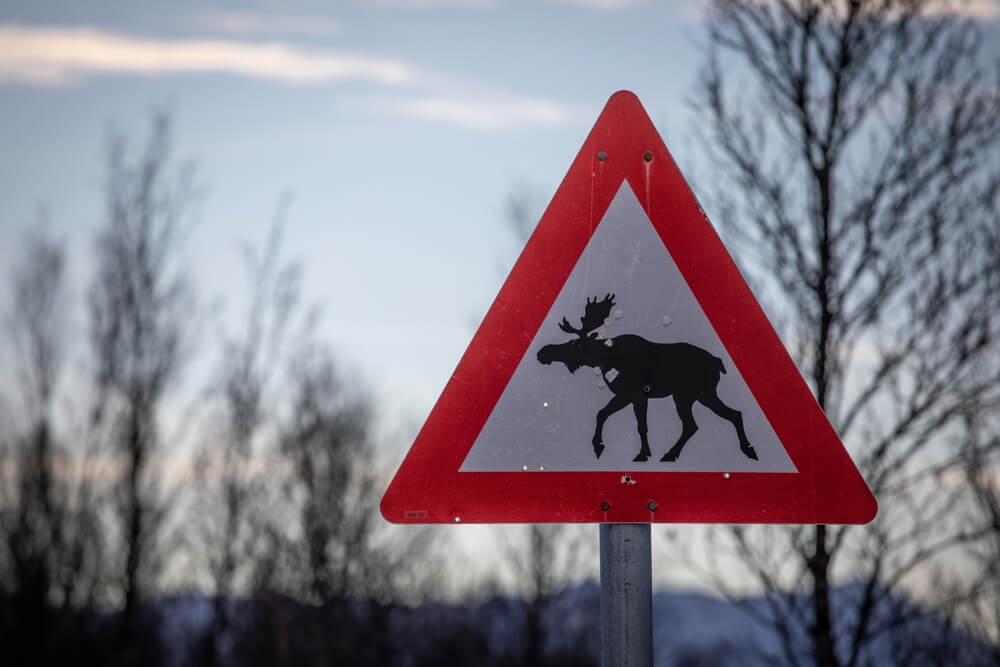
If you are not redirected within 30 seconds, please click here to continue.
Samedi: 10h – 16h HAE

If you are not redirected within 30 seconds, please click here to continue.
If you are not redirected within 30 seconds, please click here to continue.
How self-driving cars could change auto insurance in Canada
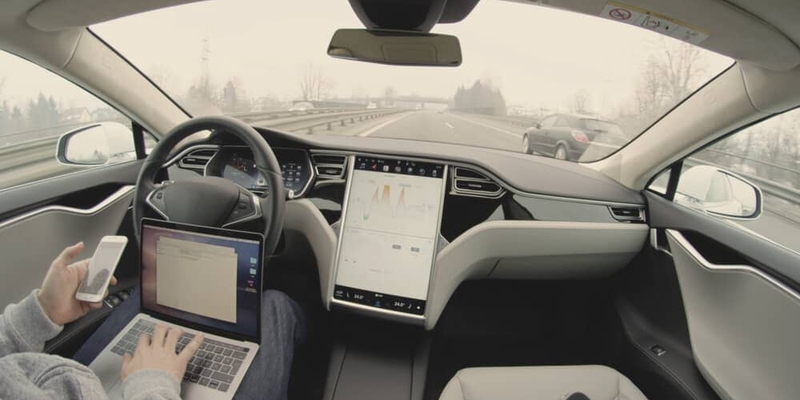
If one autonomous vehicle (AV) collides with another, who is at fault? And what impact does it have on the drivers’ auto insurance premium?
While this scenario might seem far-fetched, many new cars already have semi-autonomous features that can assist a driver on the road. There are six levels of autonomy for vehicles: Level 0 being those with standard cruise control and Level 5 being fully automated – the driver can just sit back and enjoy the ride.
Today’s autonomous driving systems are still at Level 2, with self-driving vehicles for the masses a long way off.
Under Canada’s current at-fault auto insurance system, when a person is involved in a motor vehicle collision, fault is determined. The percentage of fault then decides whose insurance company will pay and what it will cover. However, when a car doesn’t need a driver, it becomes less clear who is responsible when things go wrong.
Driver liability vs. product liability
Several research studies have shown that most car collisions are a result of at least some human error. In Australia, human error has been found to be the sole cause in 57% of all accidents and was a contributing factor in over 90%. According to the U.S.-based National Highway Traffic Safety Administration (NHTSA), 94% of all motor vehicle crashes are caused by driver error.
Following that logic, widespread adoption of AVs might just reduce the number of crashes if humans were no longer in the driver’s seat. However, it also means a higher likelihood of collisions caused by product malfunctions or technology failures.
A 2018 Insurance Bureau of Canada (IBC) report on autonomous vehicles notes that a shift to technology-based collisions could lead to injured people having to get compensated through complex product liability litigation — and this could take years to resolve.
Today’s modern vehicles are equipped with sensors to support its autonomous and functional safety features which could help insurance providers and courts determine who’s at fault in an AV collision. But the insurance industry is still hashing out how liability will be assessed. If a collision occurs when the car is in full autonomous mode, then it makes sense that the onus is on the vehicle manufacturer. The lower the level of autonomy, the more responsibility shifts back to the driver.
Related: At-Fault Accident Rules: 10 Common Accidents and Who Is at Fault
It’s still early days for self-driving cars
Globally, autonomy is showing up in commercial vehicles first, such as robo-taxis, automated trucks, and delivery vehicles in cities like Phoenix, San Francisco, Stockholm, and Singapore. The use of AVs in Canada, and around the world, is still somewhat limited. In fact, the Victoria Transport Policy Institution predicts that only by the 2050s will AVs make up for half of new vehicle sales — and it'll be even later until they make up for half of commercial vehicle fleets.

(RATESDOTCA graph using data from the Victoria Transport Policy Institution)
Generally, in Canada, provinces and territories are responsible for regulating drivers and vehicles within their own jurisdictions. While the federal government is responsible for safety regulations for vehicles that are sold within, or imported to, Canada. For AVs specifically, guidelines for their use also vary from province to province.
At the federal level, Transport Canada has laid out guidelines for safe automotive vehicle testing and trials on Canadian roads. Meanwhile, the province of Ontario launched a 10-year pilot in 2016 that governs AV testing on public roads. Vehicle owners participating in the program must have significantly more liability insurance – at least $5 million rather than the typical $1-2 million and a licensed driver must always be at the wheel as a safety precaution.
IBC plots roadmap for insuring AVs
The path ahead for insuring autonomous vehicles remains unclear. However, insurance regulation is due for change as more AVs get on the road.
The IBC’s report makes three key recommendations that could influence insurance policies covering AVs. Most significantly, IBC recommends establishing a single insurance policy that covers driver negligence and the automated technology to facilitate liability claims. It would require the insurance company compensate injured people, regardless of whether the human operator or autonomous technology was in control. Compensation would be immediate, while any product liability matters would be left to the technology providers.
IBC also recommends establishing a legislated data-sharing arrangement between vehicle manufacturers, vehicle owners, and insurance providers to help determine the cause of a collision. It also recommends updating the federal vehicle safety standards with technology and cyber security standards.
Given the current state of AV adoption, there’s a significant lack of claims data for collisions involving autonomous vehicles. The lower levels of autonomy where drivers are assisted are a grey area for insurance providers, and full autonomy for the average car owner is at least a decade away.
For now, your liability in a collision is going to be determined by today’s at-fault accident rules.
If you’re concerned about how automation will affect your auto insurance premium in the future, you should seek out an insurance provider that factors autonomous capabilities into their risk assessments and coverage offerings.
Don't waste time calling around for auto insurance
Use RATESDOTCA to shop around, and compare multiple quotes at the same time.
Get money-saving tips in your inbox.
Stay on top of personal finance tips from our money experts!


